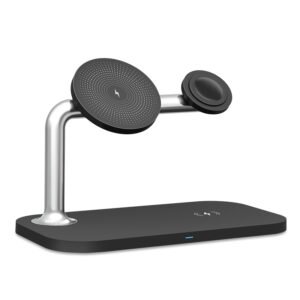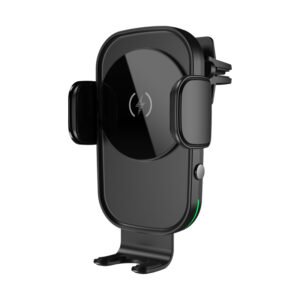Urban transportation has become an important aspect of modern life as more and more people are moving to cities. With the growing demand for public transportation, it is essential to provide an efficient and comfortable travel experience to commuters. One way to improve the passenger experience is through wireless charging. In this article, we will explore how wireless charging technology can revolutionize public transportation and make the commute more convenient for passengers.
- Improved passenger experience: Wireless charging eliminates the need for passengers to carry charging cables or search for charging ports. It makes the commute more convenient and comfortable for them, especially on long journeys. Wireless charging allows passengers to use their devices without worrying about battery life, providing them with a more enjoyable experience.
- Enhanced safety: Wireless charging can improve safety by reducing the risk of tripping and falling over wires or cables. It can also reduce the risk of fires caused by charging cables or ports, as wireless charging eliminates the need for them.
- Eco-friendly: Wireless charging is eco-friendly and reduces the use of disposable batteries and charging cables. This technology is based on induction, which means it uses magnetic fields to transfer energy from a charger to a device. This results in less waste and lower carbon footprint, making it an environmentally friendly option.
- Cost-effective: Wireless charging can be a cost-effective solution for public transportation providers. The initial cost of installing wireless charging systems may be higher than traditional charging ports, but in the long run, wireless charging can be more cost-effective. This is because it eliminates the need for frequent replacements of charging ports and cables, which can be expensive.
- Future of public transportation: Wireless charging is the future of public transportation. It will make the commute more convenient, comfortable, and safe for passengers. It will also improve the efficiency of public transportation by reducing the time spent on charging devices, allowing for more frequent and shorter stops.
Conclusion:
Wireless charging technology has the potential to revolutionize the public transportation industry. It can improve the passenger experience, enhance safety, reduce waste, and be a cost-effective solution for transportation providers. Wireless charging is the future of urban mobility and will make the commute more convenient and enjoyable for passengers. As this technology continues to evolve, we can expect to see more wireless charging systems in public transportation in the near future.













